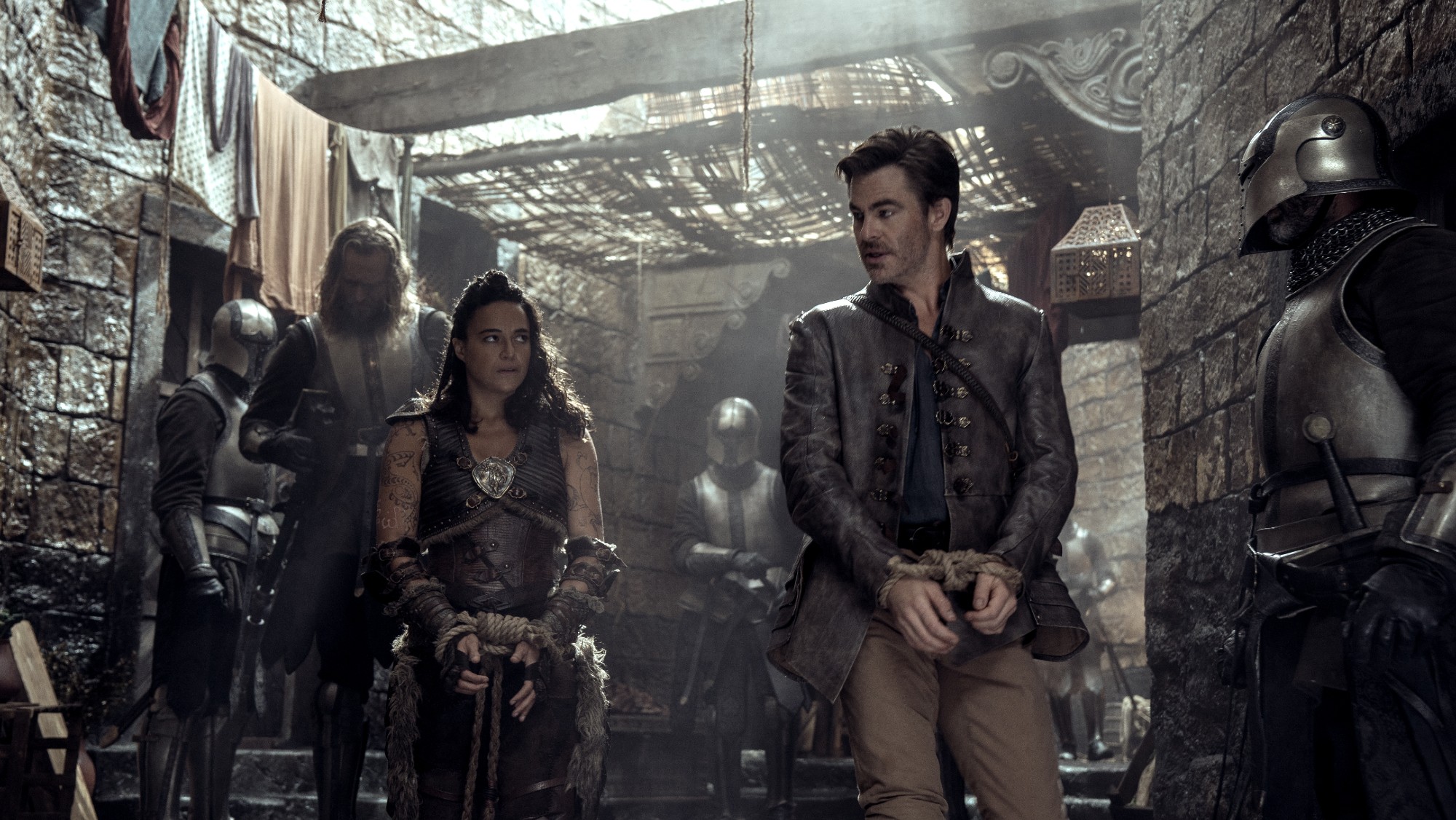Dungeons & Dragons: Honor among Thieves is at last here, and as led by Chris Pine with a song in his heart, and a lute in his hands, the film acts as a massive introduction to the Forgotten Realms of early D&D lore for a wider audience. That’s right, the game that was once accused of promoting evil is going mainstream with a feel-good comedy! Which is definitely one valid approach to the material.
Indeed, over the many, many years that Dungeons & Dragons has existed, a vast array of worlds (known to tabletop gamers as “campaign settings”) have presented players with a variety of universes, settings, storytelling techniques, and arguably even “genres.” They can be funny, scary, and often always thrilling. They also represent a rich tapestry from which filmmakers at Paramount Pictures can draw.
While the term “shared universe” hasn’t been explicitly thrown around since Honor Among Thieves landed at Paramount (although earlier versions of a D&D movie at WB angled for that), the new film’s producer Jeremy Latcham told Den of Geek at SDCC last year that “I want there to be room for a new thing we can fall in love with and geek out with over the next decade.” And really, there is plenty to geek out about in Dungeons & Dragons beyond the quest of just one band of plucky heroes! So if the Forgotten Realms is poised to have its own shared-universe movie series, what other settings would make great films? We have some ideas…
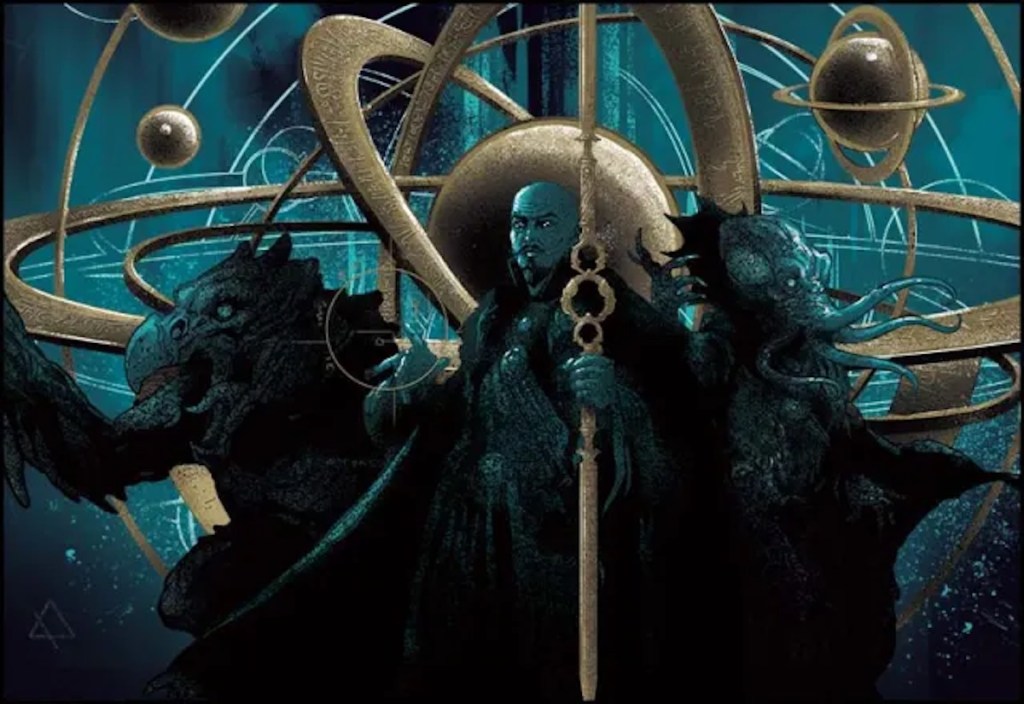
Greyhawk
One of the earliest settings of the Dungeons & Dragons game, Greyhawk is a sword and sorcery setting well suited for more gritty fantasy tales. Though the setting started as a huge dungeon delve, where adventurers ventured below ground to fight monsters and steal treasures, Gary Gygax developed a world out from Castle Greyhawk, featuring small, independent nations, frequently in conflict with each other.
These spread out locations, surrounded by wilderness, makes Greyhawk a perfect world for wandering bands of adventurers—or larger scale conflicts between nations, for a more Game of Thrones style gritty narrative. And with published source material dating back to 1980, there is plenty to borrow from.
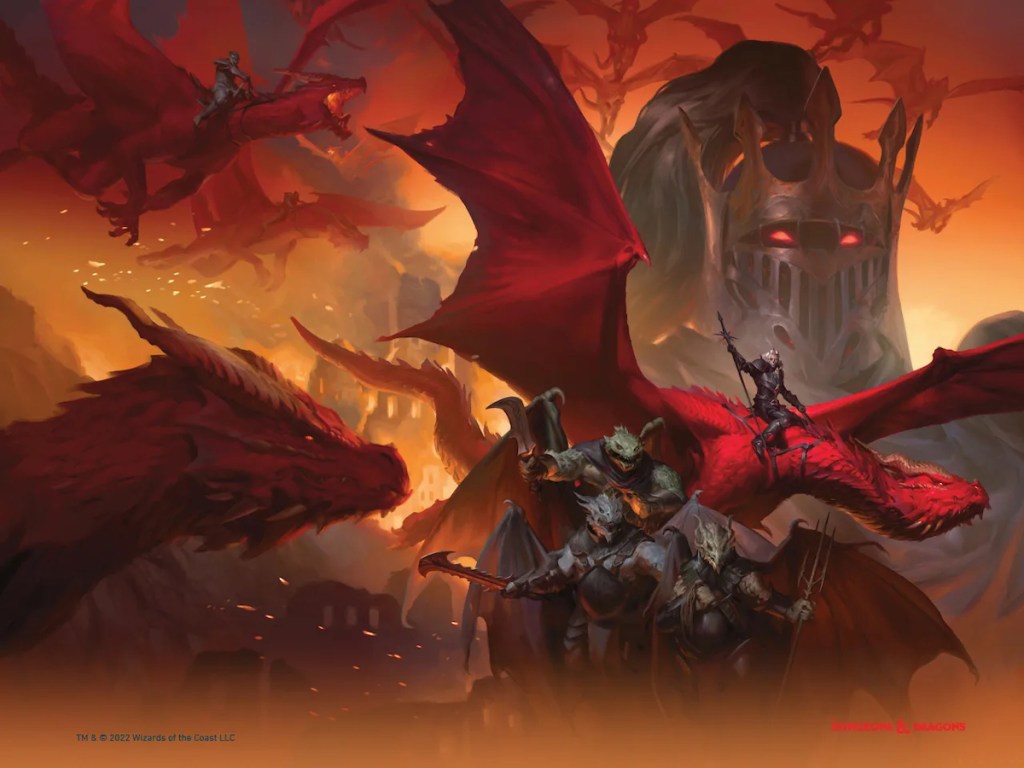
Dragonlance
While technically the Dragonlance setting already got an animated movie, the setting is ripe for another series of films, especially if those movies could be based closely on the original novels by Margaret Weis and Tracy Hickman. The authors, who were also instrumental in developing the world, penned an original trilogy that adhered closely to the game, and then a subsequent trilogy that followed the moral descent of a wizard trying to become a god—and the twin brother who tried to save him.
The novels of the Dragonlance saga have sold over 30 million copies worldwide, making them prime material to adapt for film.
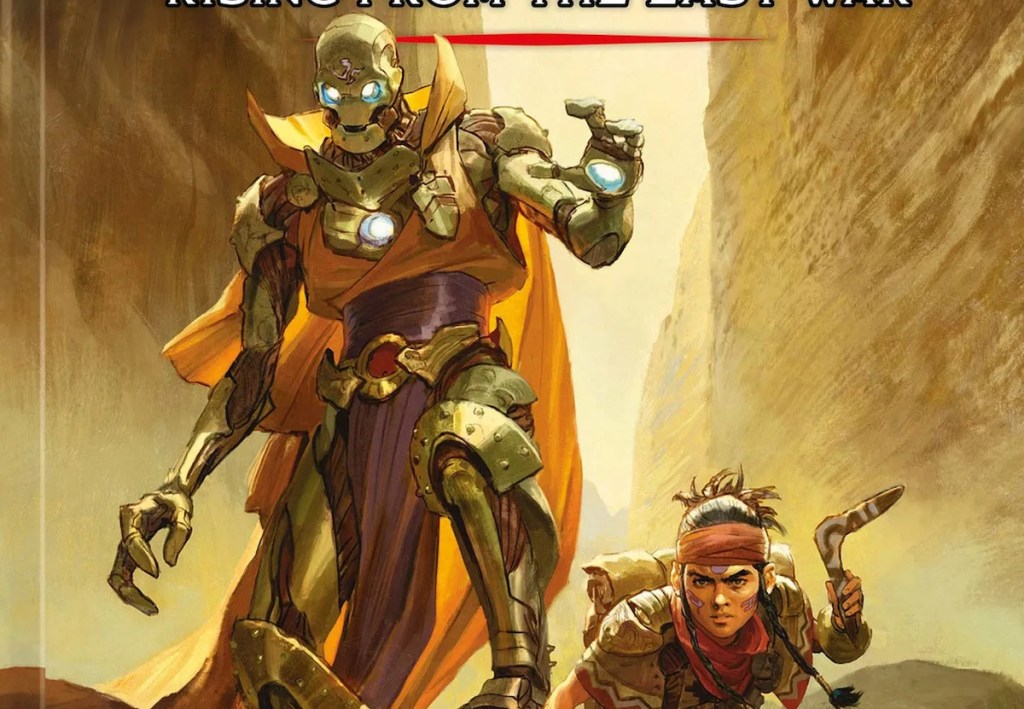
Eberron
Looking for something that feels a little more modern than earlier sword and sorcery settings? Eberron, created by Keith Baker, has exactly what you need: lightning rail trains, big cities, and an entire nation shrouded by mist due to a weapon of mass destruction that went off during the Last War. It also has powerful dragons, and dragon shards that hold untold magic—as well as powerful houses marked by those draconic powers with magical tattoos.
There are robotic warforged, soldiers who were created for war and who must now find a way to navigate the world in peacetime. Eberron has a fantastic mix of magic and technology, giving it a little bit of steampunk flavor that connects the dots between hyper modern elements and grave, ancient powers. Eberron makes a great setting for noir detective mysteries—but it also has an area where halflings (think hobbits) ride dinosaurs across the plains. There’s a lot of potential here.
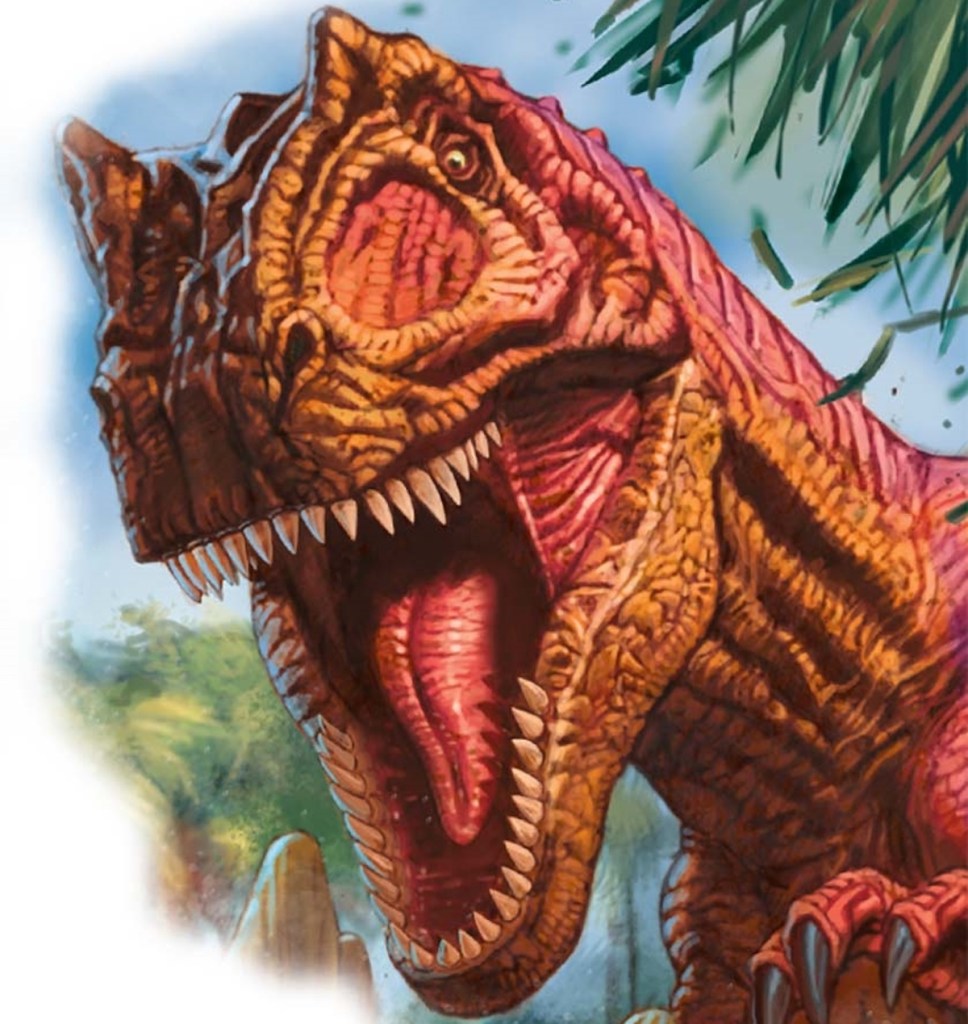
The Isle of Dread
If that last minute dinosaur hook caught your eye, there’s a deep dive into D&D lore that takes you back to the Isle of Dread. Technically, this small setting is set within another fantasy world (sometimes credited as Greyhawk), but it’s solid enough to stand alone.
On this island, prehistoric creatures still live, populating the place with dinosaurs and kopru, a monstrous, amphibious people who bend the minds of anyone who ventures too close. For an added bonus, the isle is frequently visited by pirates! The setting dates back to an adventure written by David “Zeb” Cook and Tom Moldvay, and it draws inspiration from films like the 1933 King Kong. If you ever dreamed of a Pirates of the Caribbean/Jurassic Park mashup, this is exactly where it should be set.
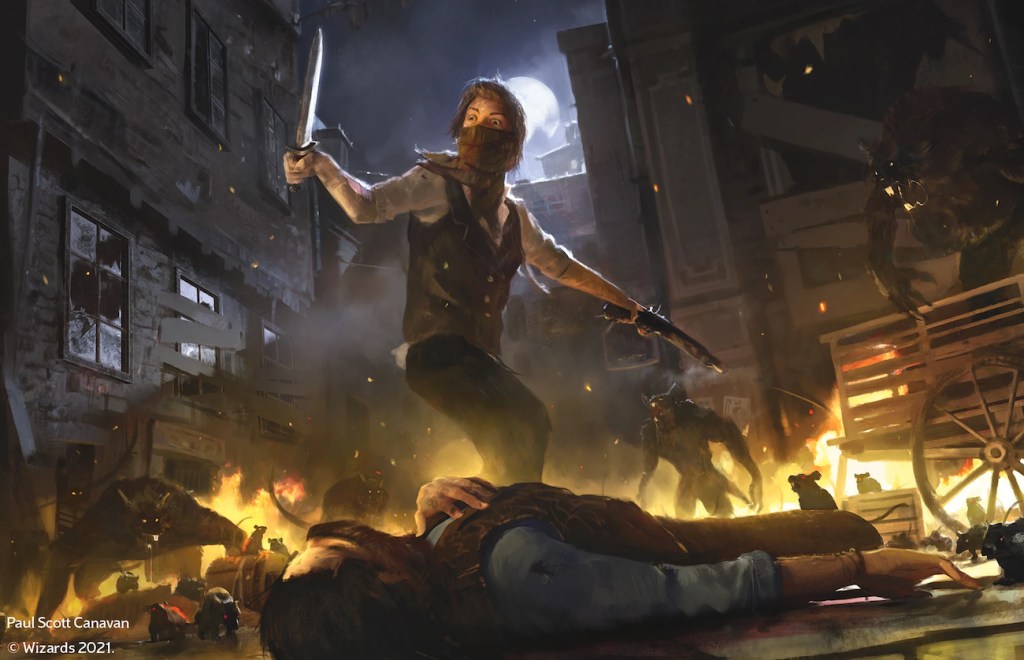
Ravenloft
Feel like fantasy just doesn’t have enough gothic horror? Enter Ravenloft, D&D’s darker side that was created by Tracy and Laura Hickman, and is where vampires and dark powers shape the fates of those who dwell there. A film here could focus on the doomed romance between Strahd von Zarovich, the vampire lord of Barovia, and his lost love Tatyana—or Strahd could be the central villain (as he often is) while the main characters try to free themselves from his vampiric manor where an even greater doom lurks beyond his holdings.
Considered a “pocket dimension,” or a world that touches many other campaign settings, it would be easy for Ravenloft to briefly appear as a crossover with another franchise, with heroes that the audience already knows and loves only barely making it back home.

The Feywild
Like Ravenloft, the Feywild is a realm that touches other worlds—like the world of faerie in actual real-life folklore. The home of fairies and other creatures of magic, the Feywild abuts several of the D&D campaign settings, giving moviemakers a lot of leeway when crafting a film based on the setting.
For more of an Arthurian Romance, where there’s that sense of the mystical just around the corner, wherein prophecies loom and mysterious sword-bearing women live in lakes, crafting a world on the borders of the Feywild provides endless opportunities for never knowing quite what is real, and what is fey. Introduced by the Dungeons & Dragons 4e design team in 2008’s Manual of the Planes, but based on earlier references to the Plane of Faerie, the Feywild has plenty of hooks, but not an overwhelming amount of written lore. (It’s also cited as a native home for owlbears—and clearly owlbears have movie charisma!)
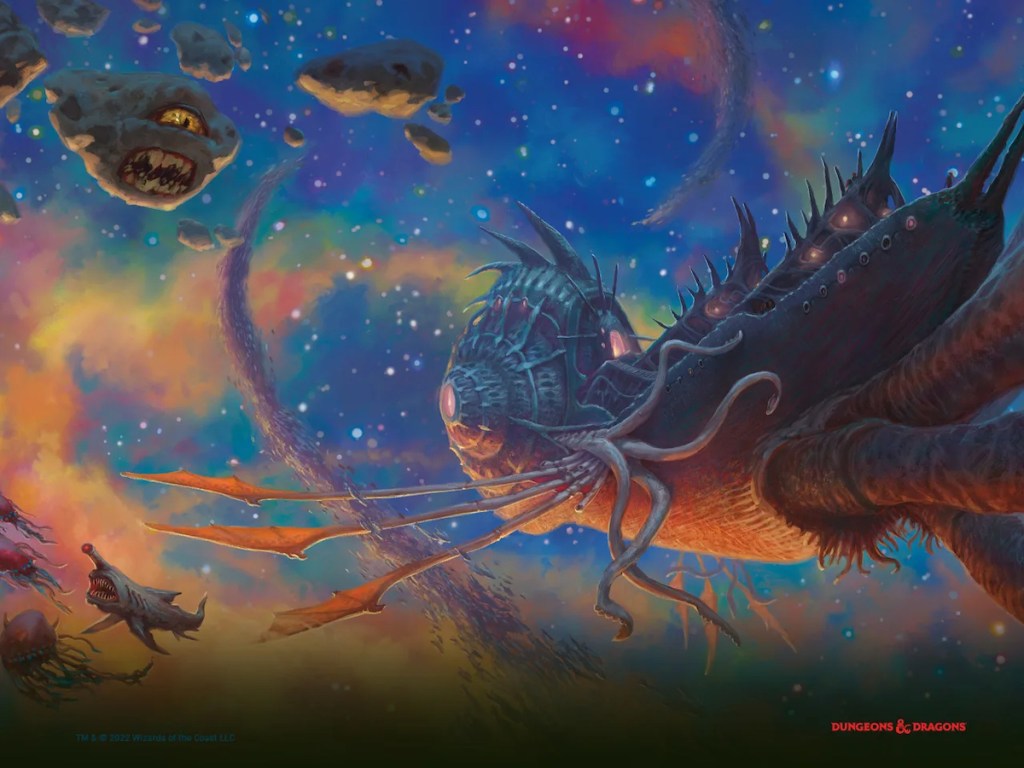
Spelljammer
Though the most recent version of the Spelljammer campaign setting came under heavy criticism for its inclusion of racist elements, some of the ideas that shape that setting are definitely worth a look for filmmakers. This space fantasy setting, created by Jeff Grubb, has tall ships that navigate the stars, and sword and sorcery crews who travel to distant moons and planets to have their adventures. Think Pirates of Dark Water meets Guardians of the Galaxy and you’re in Spelljammer’s neighborhood.
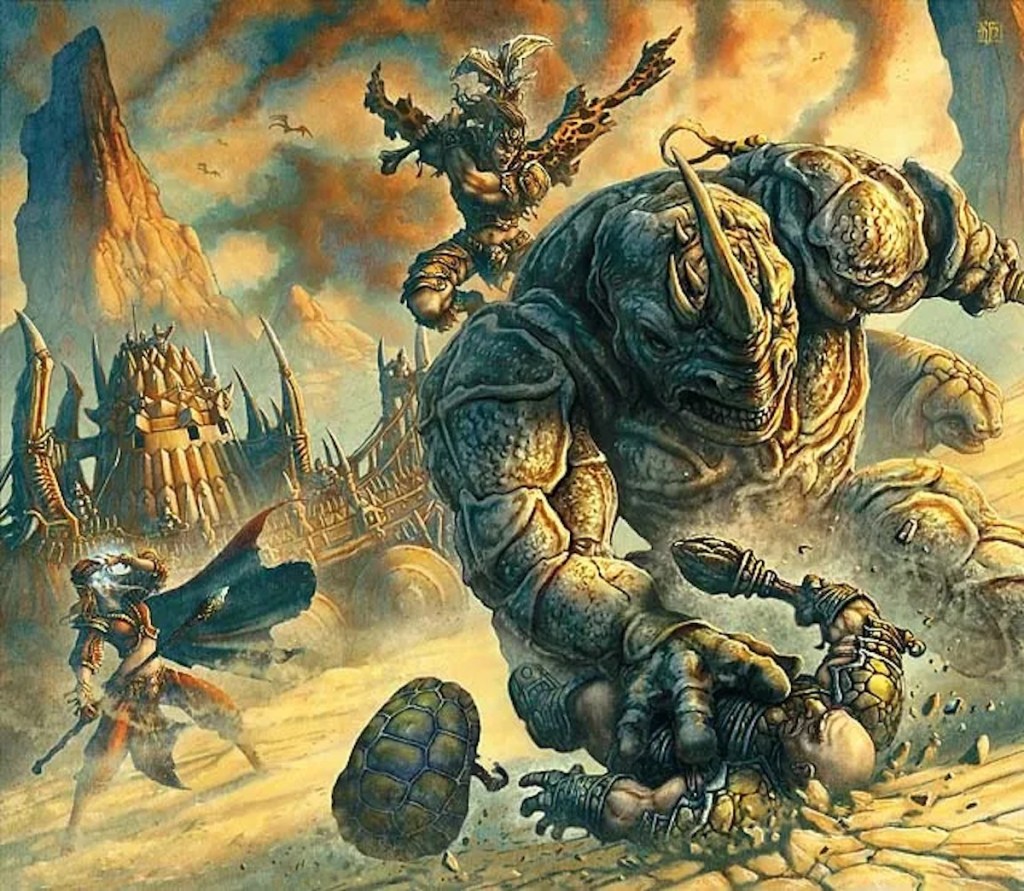
Dark Sun
But what about D&D’s Mad Max? Dark Sun, designed by Timothy B. Brown and Troy Denning, was D&D’s answer to the Dying Earth genre. The world’s desert wasteland is interrupted infrequently by small city states, which are ruled by power-mad wizards. Despite spellcasters holding all the political power, because magic in the world draws on the life around the caster (and the world itself doesn’t seem to have enough life to give), most casters are shunned—which gave rise to psionics, a supernatural power distinct from other magic, and highly common within the setting.
There are definitely problematic elements here—slavery is common, for one—but a modern spin on the world could reframe the setting to emphasize what the main characters must survive in a climate of scarcity and oppression by corrupt governments.
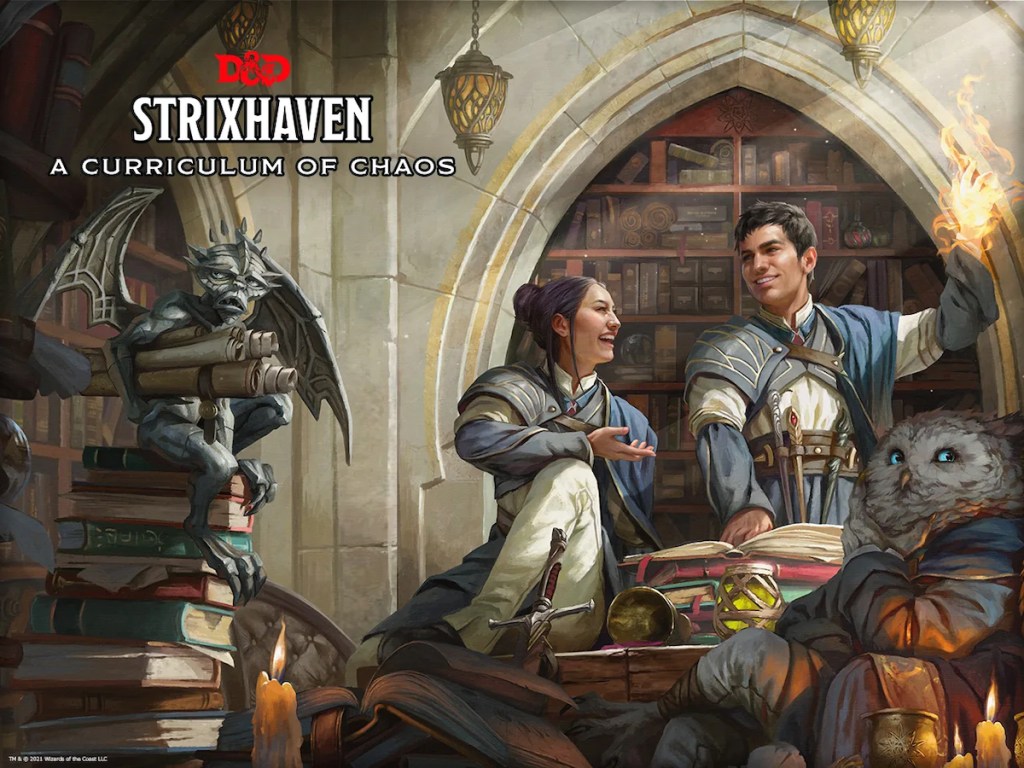
Strixhaven
But what about a place where magic is highly respected—like a school or university for students of magic perhaps? Strixhaven University is exactly that setting. Here you have a location ripe for romantic comedies with a collegiate flair, but your coursework involves transmutations rather than calculus. This setting actually got its start in the Magic the Gathering card game, under the direction of lead designer Mark Rosewater where Strixhaven was known as the most elite magical school in the multiverse. Take that, other magical schools!
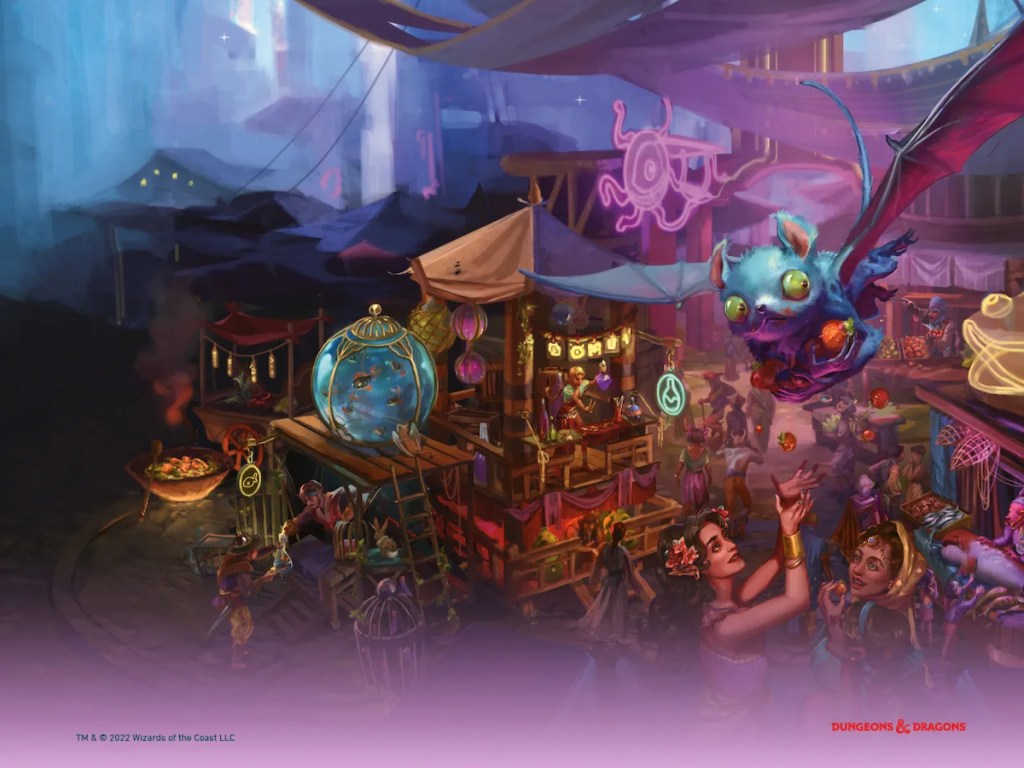
The Radiant Citadel
While the majority of the campaign settings designed for Dungeons & Dragons have had a Euro-centric focus, or gave non-European based settings an orientalist ambiance, Wizards of the Coast has taken steps to make their campaign settings more inclusive in recent years. A standout example of this is Journeys through the Radiant Citadel, a book that introduces a home for refugees fleeing disaster from their homeworlds.
The Radiant Citadel, from its location in the ethereal plane, touches many worlds, providing a sanctuary from devastation and destruction, where all are welcome. The Citadel itself is a multicultural collective, where people share their resources under the guidance of jewel-formed supernatural animals, but the book also includes descriptions of some of the worlds it touches. For filmmakers looking to base a fantasy world on something beyond the standard feudal European base, Radiant Citadel offers a fantastic starting point for a suite of fantasy stories, all created by diverse writers and artists.
